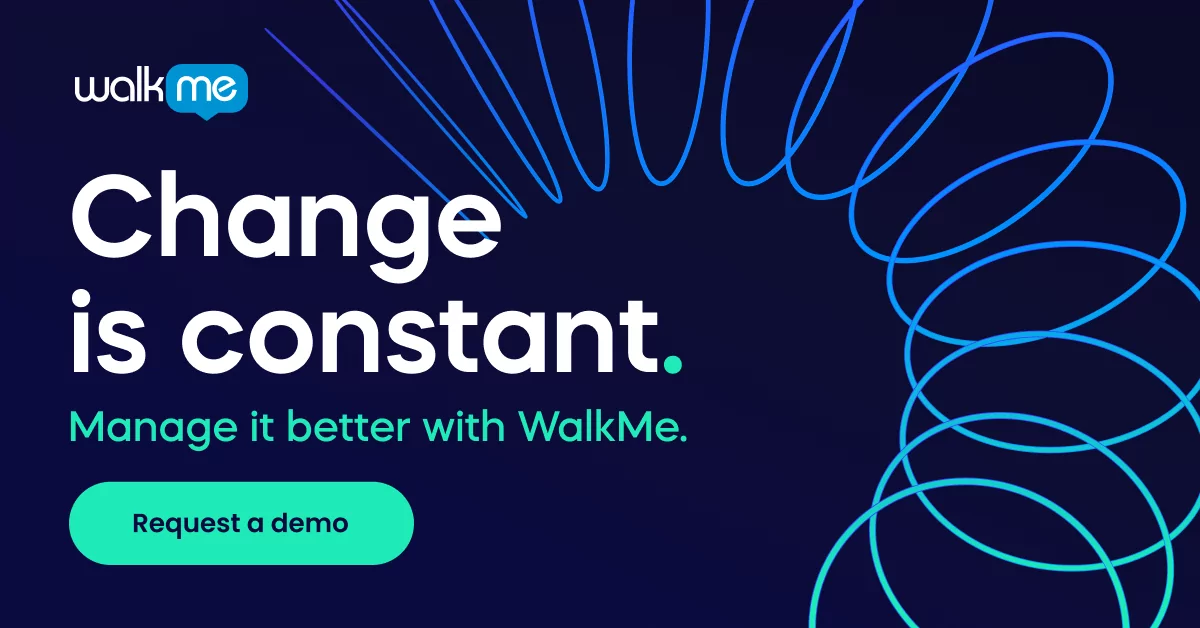The modern workplace is diving headfirst into a model that mixes both onsite and remote work.
While hybrid offices have been around for a while, they are becoming a staple ever since the outbreak of the disease-that-must-not-be-named. During 2020, as we all know, safety precautions compelled companies around the globe to implement remote working policies.
Among other things, this shift drove the adoption of cloud computing, remote working software, new workflows, and new teams composed of both onsite and offsite workers—A.K.A hybrid teams.
Although many organizations are returning to some sense of normalcy, the experience is not the same as the one we knew prior to 2020. Instead, we’re returning to a “new normal” that will revolve heavily around remote work, hybrid teams, and digital-first work environments.
For your organization to expand its influence in this new state of convention, it is essential to understand how hybrid teams perform and how to manage them effectively.
Pros and cons of hybrid teams
While many companies may have already implemented a hybrid office model, those that haven’t may want to hop aboard the moving train.
Hybrid team structures offer:
- More scheduling flexibility to employees, which can improve employee engagement, productivity, and attitudes
- Improved digital savviness, since they must now rely more heavily on software and digital workflows
- Access to an extended pool of talent, which can introduce new levels of experience and fresh ideas into the organization
- More resilience and agility, since employees have often learned new processes and can work either remotely or onsite as the situation warrants
- Less spending on office overhead, real estate costs, and equipment costs
These advantages certainly have a nice ring to them, but it is important to take a closer look and recognize that hybrid teams are not a cure-all for the new normal.
A few drawbacks include:
- Remote and hybrid teams may lack a certain degree of spontaneity, which is why Amazon invested in physical office spaces
- Cultural norms can be hard to maintain since employees aren’t working in the same physical environment and may have less engagement
- Business leaders need to adopt a new style of management
- Social isolation can be a problem for remote workers in general, and feelings of social separation can be exacerbated for those not connecting with onsite teams
As we settle into the post-pandemic next normal, decisions will need to be made regarding remote work and hybrid office models. Since most companies are realizing the benefits of adopting a hybrid model, the choices won’t revolve around whether or not to build a hybrid workplace. Instead, they will focus on how best to design a hybrid office and manage their teams.
The 5 tips
Here are a few ways to make the most of the hybrid office structure while keeping teams engaged, satisfied, and productive:
1. Clearly define your hybrid office model
Hybrid office models fall on a spectrum in between fully remote and fully onsite.
Understanding and defining your own hybrid office structure is essential for creating policies around workflows, communication, collaboration, team structure, and more.
McKinsey outlines six example models based on such this range, while also outlining how each model impacts three key areas: access to talent, productivity, and real estate costs.
2. Adopt remote-ready software solutions
Remote employee onboarding and remote employee training are both essential steps in the hybrid employee lifecycle.
There are solutions available to streamline software implementation, such as digital adoption platforms. These systems empower employee productivity by enabling users with live guidance, in-app engagement, and automation tools.
They are perfectly suited for today’s hybrid office—to be used either onsite or remotely to onboard new hires, train employees, automate workflows, provide self-service support, and enhance the overall digital employee experience.
3. Put the whole team first
The risk of social isolation is greater with hybrid teams than it is with onsite teams. Another point made by McKinsey is that hybrid teams also risk creating two separate work cultures: one for offsite teams and one for onsite teams. To prevent this, managers should deliberately focus on creating a single culture that can be embodied regardless of location.
4. Measure performance by outcomes rather than output
In an office, managers know when an employee is at their desk, when they are working, and when they are not busy. This makes it easier for managers to check in, oversee employees’ work activities, and ensure that their teams stay productive.
Remote employees, however, cannot be managed so directly, making some think it necessary to check in more often and rethink performance goals.
By adopting metrics based on outcomes, managers can reduce the need to track employees’ individual activities, and instead focus on results, which is what truly matters to the organization.
5. Listen to employees
This may sound elementary and a bit cliché, but it is more important than ever.
According to research performed by Microsoft in early 2021, 41% of employees were considering leaving their current employers, in large part because they now had the option to work remotely. This statistic highlights not only how highly employees value remote work, it shows how important it is to create an exceptional employee experience.
By tracking the pulse of the workforce you can create a workplace that is attractive to employees.
The bottom line
Supervising hybrid teams does require new management styles, new digital tools, and new ways of thinking, but it is well worth the effort.
As we have seen, hybrid offices can improve employee engagement, productivity, and performance, which ultimately affect the employer brand.
Learn how to manage hybrid teams effectively and you’ll see the fruits of your labor in no time.


